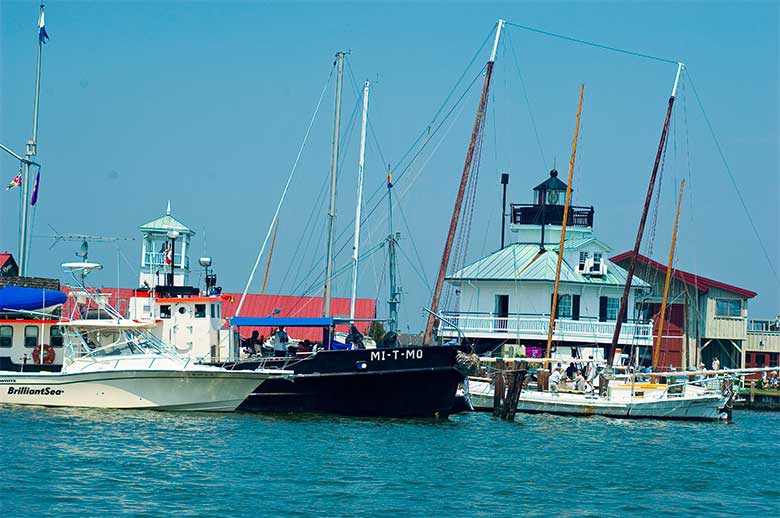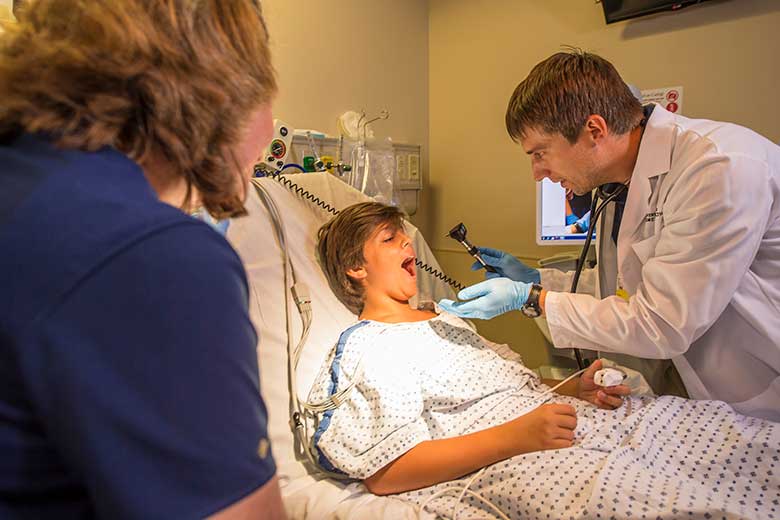Rural Health Equity and Access Longitudinal Elective (R-HEALE)

About R-HEALE
Maryland’s rural residents face challenges in accessing quality healthcare and navigating health disparities.
The R-HEALE program aims to educate medical students to gain a deeper understanding of rural medicine to better relate the field to their future goals and aspirations.
Goals
- Introduce students to rural patients and rural practitioners
- Gain an understanding and respect for the breadth of care for rural patients
- Participate in didactic and procedural learning sessions focused on the knowledge and skills essential for the care of rural patients
- Develop an understanding of social determinants of health specific to rural populations
- Provide longitudinal clinical experience with health care delivery in eastern Maryland
- Increase the number of UMSOM graduates who elect to practice in a rural setting
- Learn about roles of other health professionals and community resources instrumental in the care of rural patients
- Form relationships with rural health physicians who can serve as role models and provide mentorship
Primary Care is Essential

Almost the entire Eastern Shore is designated by the federal government as a medically underserved area (MUA) and as a “health professional shortage area,” according to the Maryland Rural Health Association. There is a shortage of primary care providers, medical specialists, dentists, and mental health providers. The end result is that some people fail to obtain all the care they need.
Even compared to Baltimore City, eight rural Eastern Shore counties have 76% of their population living in MUAs, with Caroline, Kent, Somerset and Worcester each having 100% of their populations residing in designated MUAs. Four Eastern Shore counties are among the top five in Maryland for infant and child mortality, with Somerset and Caroline counties in the top five in both age groups.
While Maryland is one of the richest states in the country, there exists a great disparity in how wealth is distributed, with the greatest wealth and access to health care centering
around the Baltimore/Washington regions. Health disparities increase and access to health care decreases as Maryland’s counties become more rural, particularly across the Chesapeake Bay Bridge on Maryland’s Eastern Shore. Unfortunately, with these variables also comes lower life expectancy, as much as seven years shorter in some Eastern Shore counties than in top-ranked suburban Montgomery County. Rural Maryland represents almost 80% of Maryland’s land area and 25% of its population. Maryland recognizes 18 of its 24 jurisdictions as rural, half of which are on the Eastern Shore or West of Chesapeake Bay. All five of the state’s counties with the fewest primary care physicians per capita are on the Eastern Shore, with Caroline County having the greatest need with only one provider per 2,500 residents. One in four Eastern Shore residents lives at least ten miles from a hospital, including more than 50% of Caroline and Somerset County residents.
As the state’s only public medical school, the University of Maryland School of Medicine is dedicated to teaching our state’s healthcare providers of the future.
Addressing Barriers
Residents of rural Eastern Shore Maryland face a variety of barriers when seeking care. Running into access barriers can be frustrating and prevents patients from receiving the best possible care.
A shortage of primary care providers and specialists in rural areas causes long wait times for appointments. Patients often seek care in emergency departments for their primary care, which is a suboptimal model for longitudinal care.
Training Rural Physicians
We have developed a program within our medical school curriculum in collaboration with the University of Maryland, Eastern Shore whose purpose is to train physicians who will practice in underserved areas of Maryland’s Eastern Shore.
Six to 10 students will be recruited annually who meet all the requirements for admission to our medical school and will possess additional qualities that make them uniquely qualified for the elective.
Qualities of ideal candidates:
- Interest in primary care
- Rural background
- Intention and commitment to practice in a rural setting
